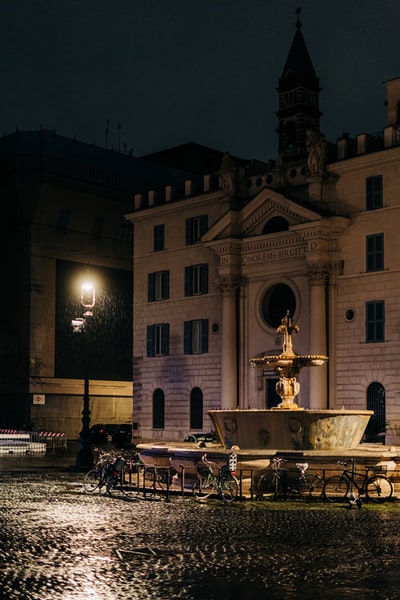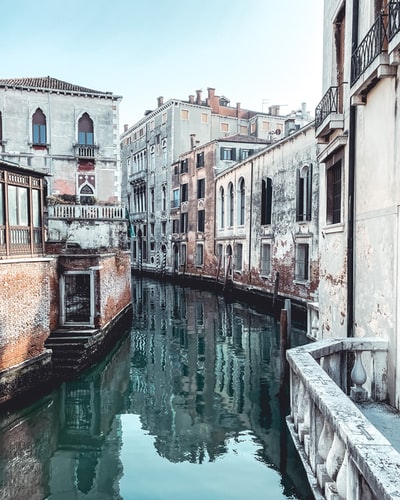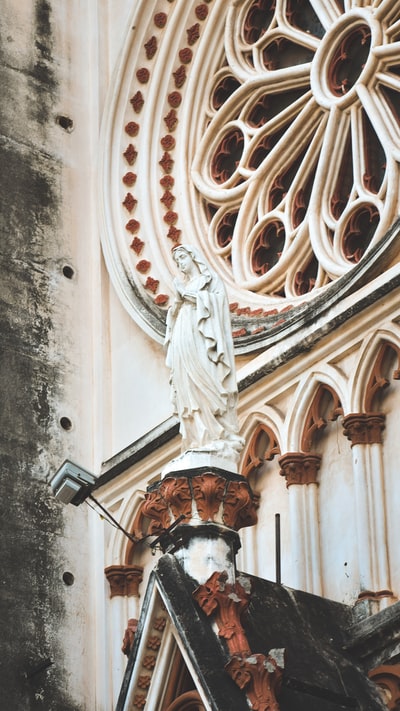The Big Questions
When considering the period in which Italy came under the fascist rule of Benito Mussolini, the main areas on which you need to focus your thoughts are:
* How and why Mussolini came to power.
* Mussolini’s aims and vision for Italy and his understanding of fascism.
* Mussolini’s relationship with Italy’s elites, and also how he handled domestic opposition.
* The role that fascism played in Italian politics and society.
* The successes and failures of Mussolini’s domestic and foreign policies.
* Mussolini’s relationship with Hitler and the effect it had on Italy.
* Why Mussolini’s regime collapsed.
Important Background Knowledge
To understand Mussolini’s rise to power, it is important to know about the creation of Italy as a unified nation-state, which happened in the mid-1800s, a much later date than most European nations. More specifically, it is important to know about:

* Italy’s poor, mainly rural economy, and the development of industry in the North in the decades before World War One.
* The political and economic effects of World War One on Italy, as well as its failure to get the territorial gains it sought at the Treaty of Versailles.
* Benito Mussolini’s up-bringing and early years in this context, especially his war-time experiences and his involvement with the Left.
The Birth and Consolidation of Mussolini’s Regime
You will need to discuss:
* Mussolini’s creation of the National Fascist Party in 1919, and its ideas, goals and methods.
* The political instability of the post-war years, especially the “red years” (1920-1922).
* How Mussolini and the fascists captured gained power in 1922 through the March on Rome.
* Mussolini’s first years as Prime Minister, including the compromises he made with key sectors of Italian politics, economy and society.
* The steps of Mussolini’s transition from Prime Minister to Duce, including the significance of the murder of Giacomo Matteotti in allowing him to take power and the reforms he made to consolidate his power between 1925 and 1927.
* The extent of King Victor Emmanuel III’s support for Mussolini.
* Relations with the Catholic Church (both conflict and cooperation), culminating in the Lateran Accords of 1929.
* Mussolini’s repression of political opponents, especially the Communists.
* Fascist propaganda and the creation of a personality cult around Mussolini, both from the point of view of what the propaganda content was and the ways the message was spread (radio, cinema, rallies etc.).
* Relations between Mussolini and the elites of Italian society (industrialists, the military, the Church), with the goal of answering the question: was Mussolini’s Italy a totalitarian state?
Mussolini’s foreign policy
You need to be able to outline and analyse:

* Mussolini’s stance on the League of Nations.
* Mussolini’s position in international diplomacy, including his stance on Britain and France.
* Corfu and Fiume as early examples of aggression.
* Mussolini’s more moderate side and the Locarno Treaties and the Stresa Conference.
* The problem of Austria and its relationship with Germany.
* The reasons for Mussolini’s intervention in the Spanish Civil War and the extent of its success/failure from Mussolini’s perspective.
* The reasons for and outcome and consequences of the invasion of Abyssinia.
* Mussolini’s relations with Hitler’s Germany, including the increasingly junior role he played in the partnership.
* The Pact of Steel and its implications for Mussolini.
